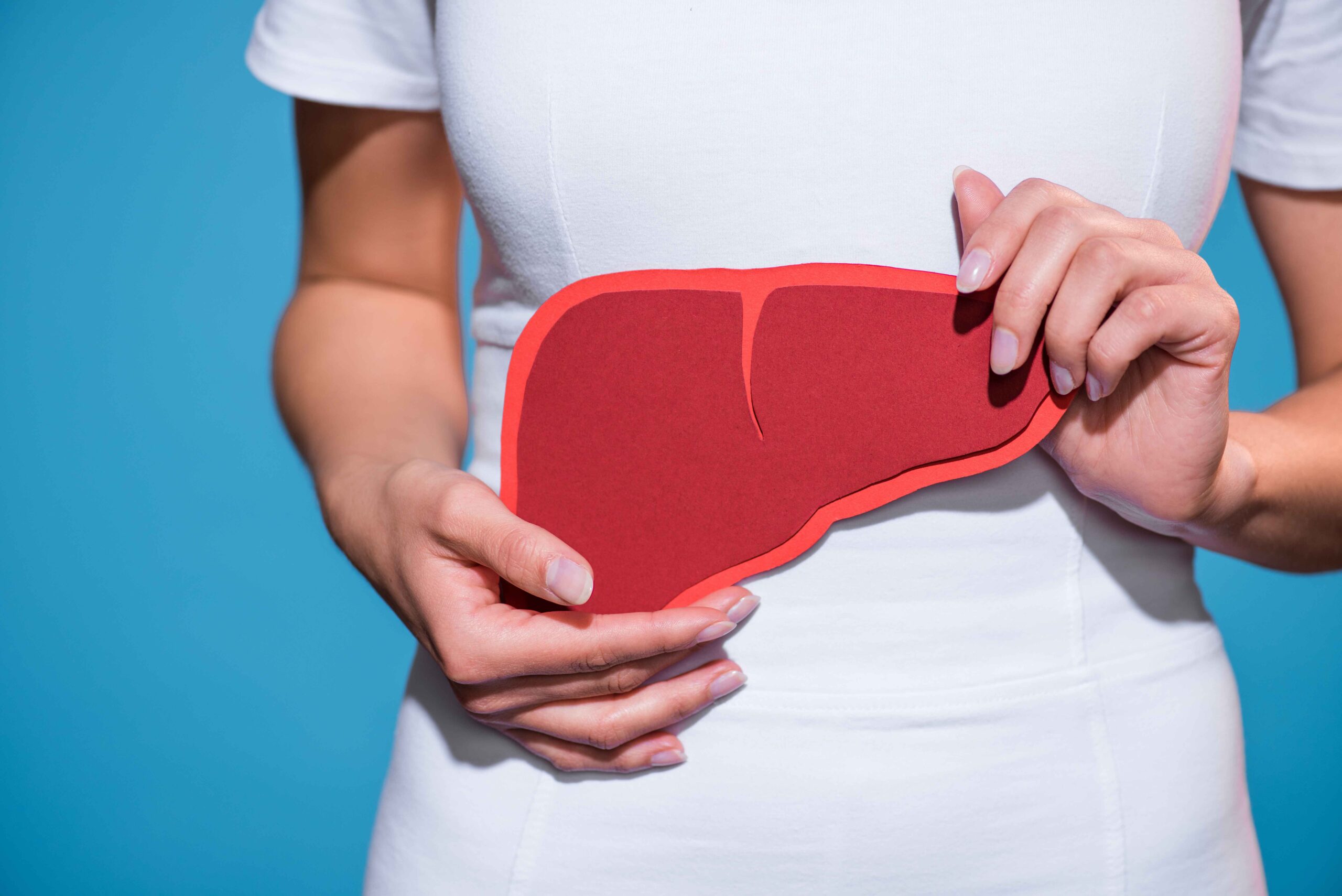
Liver Disease in Women – Causes and Symptoms
Liver diseases are on the rise these days, and a large section of liver disease victims today are women. Poor lifestyle and food choices are making them more prone to Liver-related ailments.
The Liver is the largest internal organ in your body and plays some significant functions such as:
- Producing essential body proteins
- Producing and regulating Cholesterol in your body
- Regulating the supply of vital minerals and vitamins
- Producing bile, which removes harmful substances and assists in digestion
- Regulating the balance of multiple proteins
- Filtering alcohol, drugs, and tobacco contents from your blood.
Common Liver Disease and Causes
Alcoholic Liver Disease: The Liver has an incredible capacity for regeneration yet remains vulnerable to irreparable and reversible damage from various diseases. Today, approximately 5.5 million Americans struggle with chronic liver conditions. Different liver diseases accounted for 2.1% of all deaths in India in the year 2016. At the same time, up to 30% of adults harbor excessive fat in their livers that could potentially lead to serious liver illnesses (source: American Liver Foundation).
Autoimmune Hepatitis: This form of liver inflammation occurs when immune cells mistake the normal cells within the Liver for harmful invaders and attack them, often in conjunction with Graves disease, IBD, or Lupus. Around 80 percent of women diagnosed with this form are affected.
Viral Hepatitis, caused by Hepatitis Virus A-E, causes liver inflammation. Each variant can spread in various ways, such as through eating contaminated food, participating in sexual activity, or sharing needles. However, some types may clear on their own without becoming chronic conditions. Hepatitis E poses increased risks to pregnant women.
Non-Alcoholic Fatty Liver Disease (NAFLD) is one of the most prevalent liver conditions affecting an estimated 60-80 million Americans. The overall pooled prevalence of NAFLD in India is 38.6% among adults and 35.4% among children. Prevalence of NAFLD in Indian urban and rural populations is higher than the average estimated global prevalence of 25%. NAFLD has become one of the primary causes of liver cirrhosis , particularly among individuals living with diabetes and obesity. NAFLD is one of the primary reasons for liver transplantation, as well as being a significant risk factor for primary liver cancer. NAFLD can be reduced through following a healthy diet, maintaining a healthy weight, and regular physical activity; lifestyle modifications, including diet, exercise, and weight reduction, may even have the potential to reverse NAFLD. vitamin E supplements also show promise in reversing this condition.
Primary Biliary Cholangitis (PBC) primarily affects females. It is characterized by the gradual degradation of liver bile ducts over time, leading to the accumulation of bile within it over time and eventually irreversible scarring, known as cirrhosis. PBC often coexists with thyroid disease, osteoporosis, dry eyes/mouth issues, and breast cancer and needs timely detection for effective treatments to take place.
Benign liver tumors, also known as Non-cancerous liver tumors, are pretty prevalent and usually pose minimal health concerns. Female patients tend to be affected more than their male counterparts; some specific forms have even been linked with oral contraceptive pills with higher estrogen doses than others.
Cirrhosis refers to an excessive scarring of the Liver caused by persistent inflammation. It typically appears as a result of various chronic liver conditions and can lead to complications like hepatic encephalopathy, esophageal varices, abdominal ascites, liver failure, and liver cancer. When properly managed, however, cirrhosis has the potential for reversal – thus underscoring its importance for all individuals diagnosed with this condition.
Symptoms of Liver Disease in Women
Early signs of liver disease are typically subtle and may go undetected. Common early symptoms can include:
- Fatigue and muscle weakness,
- Nausea,
- Jaundice (yellowing of the skin),
- Abdominal pain in the upper right abdomen
- Light-colored stool
- Fever and chills
- Unexplained weight loss is a potential outcome.
- Itching
- Irregular periods
Some Liver diseases disproportionately impact women.
Over 100 specific liver diseases exist, with certain afflictions presenting themselves more commonly among women. Toxin-induced liver diseases, including those caused by alcohol and drugs, tend to strike women more frequently, leading to higher rates of acute liver failure. Though men tend to abuse or depend on alcohol more (at a ratio of 2:1 in individuals over 26 years old), women seem more susceptible than their male counterparts to the harmful effects of alcohol at equivalent doses.
According to the National Library of Medicine Research Publication, Women have a tenfold higher prevalence of primary biliary cirrhosis (PBC) than men. Women also face four times greater odds of developing autoimmune Hepatitis than men do, though the precise cause for these disparate rates of autoimmunity and gender disparities among liver diseases remain elusive; it is thought that immunogenetics and sexual hormones could play a part in this complex and dynamic interaction process.
Liver lesions classified as benign, such as cavernous hemangioma, focal nodular hyperplasia (FNH), hepatic adenoma, biliary cystadenoma, and solitary hepatic cysts, are more commonly seen among women than in men.
If you are experiencing symptoms that indicate liver disease, seeking medical advice immediately is imperative. Your physician may conduct a blood test to check liver enzyme levels – these may indicate inflammation or cell damage within the Liver – while elevated levels may require further diagnostic testing in order to pinpoint its source.

Leave a Reply